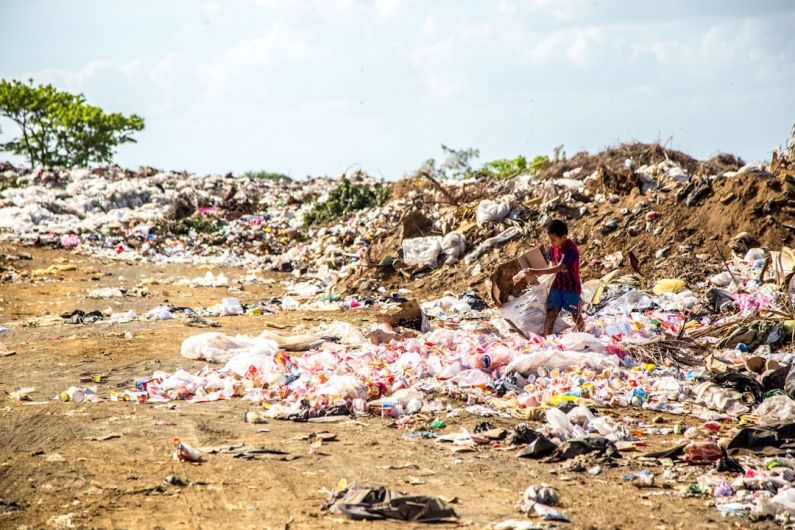Noise Pollution: Retreaded Tires as a Quieter Option
In today’s fast-paced world, noise pollution has become a significant concern, affecting our health and well-being. From honking cars to bustling city streets, the constant barrage of noise can lead to stress, anxiety, and even hearing loss. One source of noise pollution that often goes unnoticed is the sound generated by vehicle tires on the road. However, there is a solution that not only reduces noise pollution but also benefits the environment – retreaded tires.
The Problem with Traditional Tires
Traditional tires, while essential for vehicle performance, contribute significantly to noise pollution. The tread pattern and design of tires play a crucial role in generating noise as they come in contact with the road surface. As these tires wear out over time, the noise level produced tends to increase, adding to the overall noise pollution in urban areas. Additionally, the constant need for new tires leads to a significant amount of waste generated from old, worn-out tires, further impacting the environment.
The Rise of Retreaded Tires
Retreaded tires have emerged as a sustainable and quieter alternative to traditional tires. Instead of discarding old tires, retreading involves reapplying a new tread to the tire’s casing, extending its lifespan and performance. This process not only reduces the environmental impact of tire disposal but also offers a cost-effective solution for vehicle owners.
Quieter Roads with Retreaded Tires
One of the significant advantages of retreaded tires is their ability to reduce road noise significantly. The new tread applied during the retreading process is designed to minimize noise generated as the tire rotates on the road surface. This results in a quieter driving experience for both vehicle occupants and residents living near busy roads. By choosing retreaded tires, drivers can contribute to creating a more peaceful and sustainable environment.
Environmental Benefits of Retreaded Tires
In addition to reducing noise pollution, retreaded tires offer several environmental benefits. By extending the lifespan of tires through retreading, fewer tires end up in landfills, reducing the overall carbon footprint of the automotive industry. The retreading process also consumes fewer raw materials compared to manufacturing new tires, making it a more sustainable option. As the world shifts towards eco-friendly practices, retreaded tires present a viable solution to mitigate the environmental impact of tire disposal.
Cost-Effectiveness and Safety
Apart from their environmental and noise-reducing benefits, retreaded tires are also a cost-effective choice for vehicle owners. The lower cost of retreaded tires compared to new tires can lead to significant savings over time. Despite misconceptions about safety, modern retreaded tires undergo rigorous testing and adhere to strict quality standards to ensure optimal performance and durability. By choosing retreaded tires, drivers can enjoy the benefits of reduced noise pollution without compromising on safety or performance.
The Future of Tire Technology
As advancements in tire technology continue to evolve, the popularity of retreaded tires is expected to rise. Manufacturers are investing in research and development to improve the performance and sustainability of retreaded tires, making them an attractive choice for eco-conscious consumers. With a focus on reducing noise pollution and promoting environmental stewardship, retreaded tires are poised to play a significant role in shaping the future of the automotive industry.
In conclusion, retreaded tires offer a quieter and more sustainable alternative to traditional tires, addressing the issue of noise pollution while benefiting the environment. By choosing retreaded tires, drivers can contribute to creating a quieter and more eco-friendly world for future generations. Embracing this innovative tire technology is not just a choice for today but a step towards a greener and quieter tomorrow.






